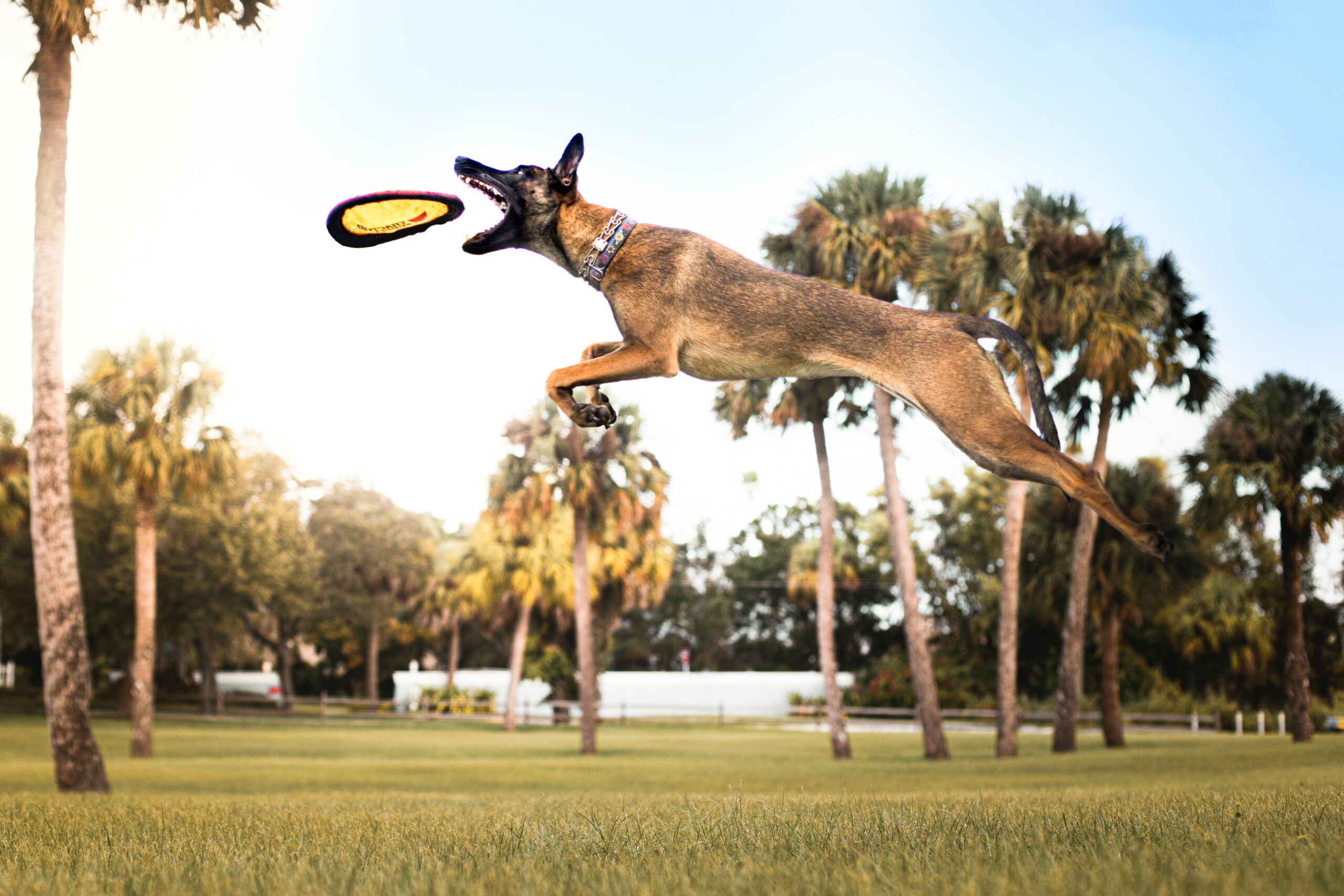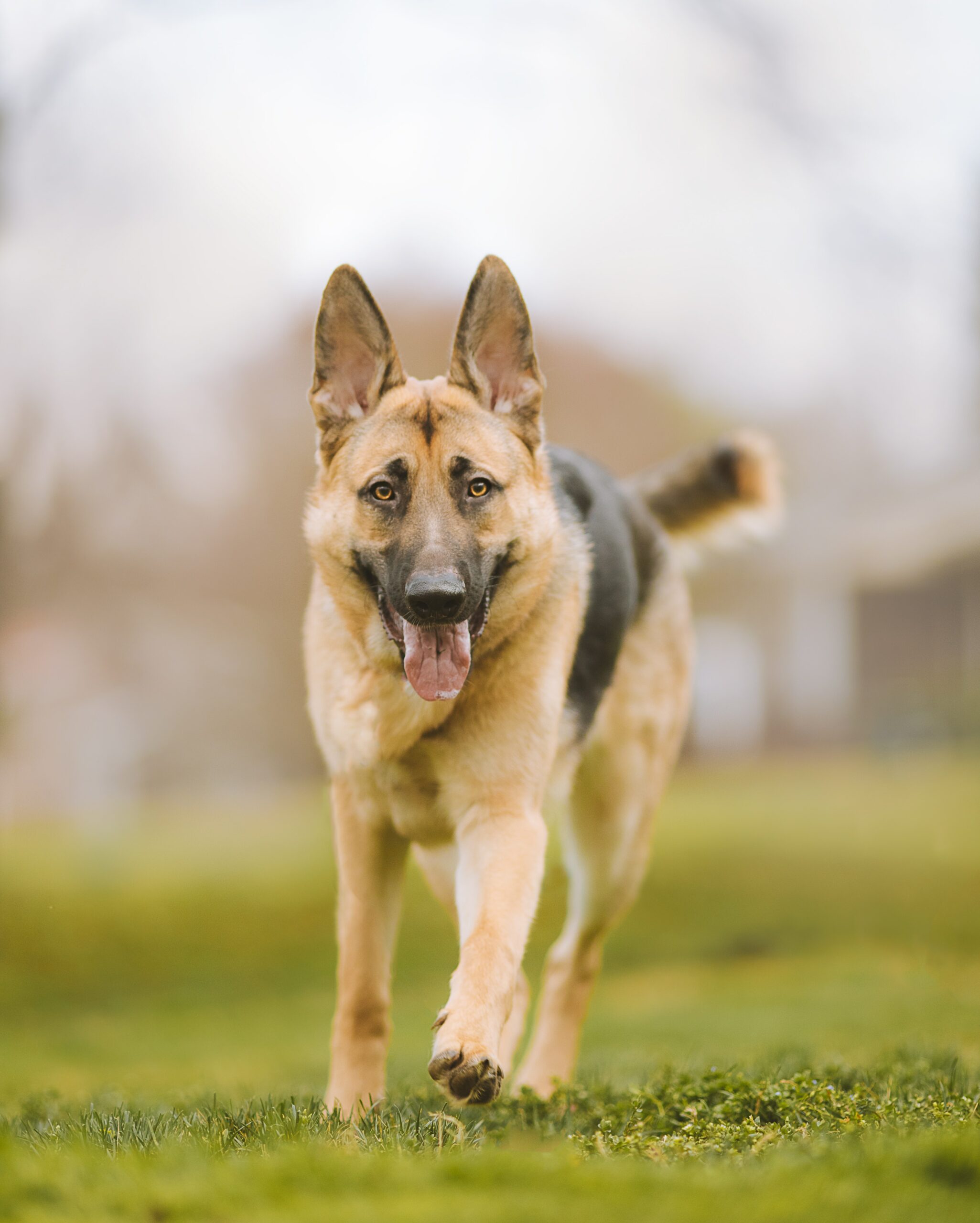Exercising Your Dog: Unleashing the Power of Exercise
The article explores the importance of exercise for canine health and behavior, including the benefits of regular exercise, tailoring exercise to individual dogs, the influence of the dog-owner relationship on exercise, safe and appropriate exercise and play activities, and incorporating training commands into exercise and play.
The Importance of Exercise for Canine Health and Behavior
Regular exercise is crucial for the overall health and wellbeing of dogs. An active lifestyle contributes to improved heart and lung function, which is essential for maintaining cardiovascular health and preventing respiratory issues in dogs. Additionally, engaging in regular physical activity is a key factor in preventing obesity, a common health concern for dogs that can lead to various health complications, such as joint problems and diabetes. Moreover, exercise plays a vital role in reducing stress and anxiety in dogs, promoting mental wellbeing and a balanced temperament.
Housing setups that provide opportunities for interactive play and access to indoor and outdoor areas can significantly impact the physical activity levels of dogs. For instance, providing social housing for dogs in shelters or kennels with platforms, stairs, and multiple levels can encourage movement and engagement, contributing to their overall health and behavior. Interactive play areas and stimulating environments enable dogs to engage in various activities, promoting physical fitness and mental stimulation, which are essential for their overall wellbeing.
When determining the optimal amount and type of exercise for dogs, various factors such as age, size, breed, and general health must be taken into consideration. For example, high-energy dog breeds may require more vigorous exercise routines, while senior dogs may benefit from low-impact activities. Consulting a veterinarian to develop a safe and effective exercise program tailored to the specific needs of each dog is crucial in ensuring that the exercise regimen aligns with their individual requirements, promoting their overall health and behavior.
Health Benefits of Regular Exercise for Canine Behavior
Regular exercise significantly contributes to improved heart and lung function, obesity prevention, and reduced stress and anxiety in dogs. By engaging in physical activities, dogs can maintain a healthy weight, reduce the risk of developing behavioral issues, and experience overall improved mental and physical wellbeing.
Furthermore, regular exercise plays a crucial role in preventing boredom and destructive behaviors in dogs. For example, a lack of physical activity can lead to excessive barking, chewing, or digging as dogs try to alleviate their boredom and pent-up energy. By providing regular exercise, such as interactive play, brisk walks, or agility training, dog owners can help channel their pet’s energy into positive activities, reducing the likelihood of destructive behavior.
In addition to the physical benefits, regular exercise also contributes to a dog’s mental stimulation and socialization. When dogs engage in activities such as group walks, visits to the dog park, or interactive play with other dogs, they have the opportunity to socialize, learn appropriate behavior, and develop better overall emotional health. This socialization can lead to reduced anxiety and fearfulness, as well as improved confidence and adaptability in various environments, ultimately contributing to a well-rounded and well-behaved canine companion.
Tailoring Exercise for Dogs
When tailoring exercise for dogs, it’s important to consider various factors such as age, size, breed, and general health. For example, smaller breeds may require less intense exercise compared to larger breeds, and certain breeds may have specific exercise needs based on their energy levels and natural instincts. For instance, working breeds like Border Collies may benefit from activities that challenge their intelligence and agility, such as agility training or interactive games like fetch. On the other hand, older dogs may need gentler forms of exercise to prevent strain on their joints and muscles, such as leisurely walks and swimming.
Additionally, consulting a veterinarian is crucial to ensure that the exercise program is safe and effective for the specific needs of each dog. A veterinarian can provide guidance on the appropriate duration, intensity, and type of exercise based on the dog’s overall health and any pre-existing conditions. For example, a veterinarian may recommend low-impact exercises for dogs with arthritis, while high-energy, younger dogs may benefit from more vigorous activities to help channel their energy and prevent behavioral issues. By tailoring exercise to the individual needs of dogs, owners can ensure that their pets receive the right amount and type of physical activity to support their overall wellbeing and behavior.
The Influence of Dog-Owner Relationship on Exercise
The relationship between a dog and its owner has a profound impact on the exercise routine of the dog. Dogs that have a strong bond with their owners are more likely to engage in regular physical activity, such as walking, running, and interactive play. This is because the positive relationship fosters a sense of trust, motivation, and companionship, which encourages dogs to participate in exercise activities. For example, a dog that feels secure and supported by its owner is more likely to exhibit enthusiasm during walks and playtime, making the overall exercise experience enjoyable for both the dog and the owner. This highlights the significance of the dog-owner relationship in promoting a healthy and active lifestyle for dogs.
Furthermore, creating a dog-supportive environment can also have a positive impact on the exercise habits of dogs. By providing safe and stimulating spaces for physical activities, such as dog parks, open fields, or designated walking trails, owners can further enhance the relationship between themselves and their dogs. For instance, taking a dog to a well-maintained and secure park allows them to explore, socialize with other dogs, and engage in play under the supervision of their owners. This not only contributes to the dog’s physical fitness but also strengthens the bond between the dog and its owner, leading to improved behavior and overall wellbeing. Therefore, the dog-owner relationship and the environment in which exercise takes place are crucial factors in ensuring that dogs receive the necessary physical activity to support their health and behavior.
Safe and Appropriate Exercise and Play Activities
When it comes to safe and appropriate exercise and play activities for dogs, tailoring these activities to a dog’s preferences and skills is crucial for their overall wellbeing. For example, if a dog enjoys playing with toys, interactive play sessions with appropriate toys can provide mental and physical stimulation, contributing to their overall health and behavior. Additionally, monitoring for signs of fatigue during exercise is essential. Signs of fatigue may include excessive panting, lagging behind, or reluctance to continue the activity. Ensuring appropriate activities based on the dog’s age, behavior, and physical health is vital to prevent overexertion and potential injuries, promoting a positive experience for the dog.
Moreover, providing different types of walks and off-leash adventures can cater to various purposes and contribute to the overall physical fitness of dogs, enhancing their behavioral and physical health. For instance, engaging in leisurely walks in a natural environment allows dogs to explore and engage their senses, promoting mental stimulation and relaxation. On the other hand, off-leash adventures in a secure and suitable environment can provide dogs with opportunities for socialization, mental engagement, and physical exercise. By offering a variety of exercise and play activities, dog owners can ensure that their pets receive the necessary physical and mental stimulation tailored to their individual needs, promoting overall wellbeing and positive behavior.
## Incorporating Training Commands into Exercise and Play Incorporating training commands into play and exercise with dogs enhances their mental and physical stimulation. By integrating training commands into games and activities such as hide and seek, search and find, and following along, dog owners can reinforce obedience and strengthen the bond with their dogs. This not only contributes to the dog’s behavioral development but also ensures a fun and purposeful exercise routine. Remember to always consult a veterinarian or professional dog trainer for specific advice on the exercise needs of your dog.



